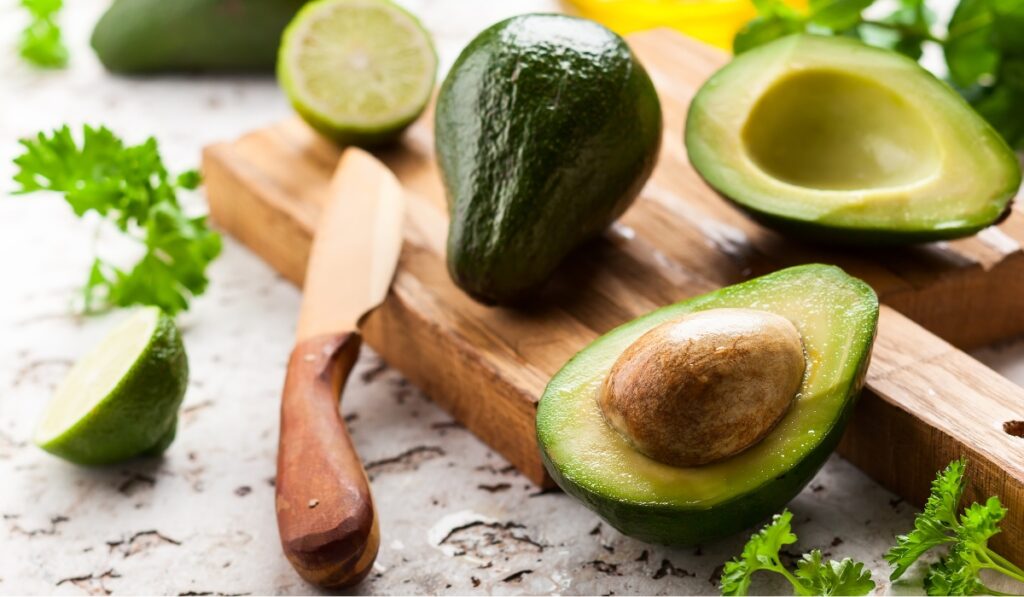Introduction
Kimchi, the iconic Korean dish, has garnered attention from food enthusiasts around the world. Its unique taste and versatile nature have intrigued many curious palates. But what does kimchi actually taste like? In this article, we’ll explore the complex flavors of kimchi, the different types available, how it pairs with other foods, and its health benefits. So, let’s dive into the world of kimchi!
Table of Contents
What is Kimchi?
Origins of Kimchi
Kimchi is a traditional Korean fermented dish that dates back to the Three Kingdoms period (37 B.C. – 7 A.D.). The method of fermentation, which was initially used as a preservation technique, has evolved over time, giving kimchi its distinctive taste and texture.
Ingredients and Preparation
Kimchi is made from a variety of vegetables, most commonly napa cabbage, and seasoned with a mixture of salt, garlic, ginger, gochugaru (Korean red pepper flakes), and fish sauce or shrimp paste. The ingredients are then left to ferment for several days to weeks, allowing the flavors to meld and develop.
The Flavor Profile of Kimchi
- Sourness. One of the most prominent flavors in kimchi is sourness. This tangy taste comes from the lactic acid produced by the beneficial bacteria during the fermentation process.
- Spiciness. Kimchi gets its spiciness from the gochugaru, which adds a pleasant heat that varies in intensity depending on the amount used. The spicy kick complements the other flavors and can be adjusted to personal preference.
- Umami. The umami flavor in kimchi comes from the fish sauce or shrimp paste, adding depth and richness to the dish. Umami is often described as a savory taste that lingers on the tongue.
- Savory. Garlic and ginger lend a savory element to kimchi, giving it a bold, aromatic quality. The combination of these flavors makes kimchi an unforgettable culinary experience.
- Crunchiness. The fermentation process softens the vegetables while still retaining their crunchiness, providing an enjoyable texture that contrasts with the flavors.
Different Types of Kimchi
- Baechu Kimchi. Baechu kimchi, or napa cabbage kimchi, is the most common variety. It has a well-balanced taste that combines sour, spicy, umami, and savory flavors.
- Kkakdugi. Kkakdugi is a type of kimchi made from cubed radishes. It has a refreshing, crunchy texture and is often less spicy than other varieties.
- Yeolmu Kimchi. Made from young radish greens, yeolmu kimchi is a lighter, more delicate version of the dish, with a milder flavor and a slightly sweet taste.
- Oisobagi. Oisobagi is cucumber kimchi, characterized by its refreshing and crisp texture. This variety is perfect for those who prefer a less spicy and more refreshing flavor profile.
Pairing Kimchi with Other Foods
Kimchi is incredibly versatile and can be paired with various dishes to enhance their flavors. It is commonly served as a side dish or condiment with rice, noodles, and soups. Kimchi is also delicious when incorporated into fried rice, pancakes, and stews, such as the popular kimchi jjigae. Additionally, kimchi can be added to sandwiches, tacos, or even pizza, offering a unique twist to familiar favorites.

The Health Benefits of Kimchi
Kimchi is not only delicious but also offers numerous health benefits. The fermentation process generates probiotics, which are beneficial bacteria that promote a healthy gut, boost the immune system, and aid in digestion. Kimchi is also rich in vitamins A, B, and C, as well as antioxidants and minerals like iron and calcium. The dish is low in calories and high in fiber, making it a nutritious addition to any meal.
Making Your Own Kimchi at Home
Creating homemade kimchi allows you to control the ingredients and adjust the flavors to suit your preferences. It is a simple process that involves mixing vegetables with seasonings and allowing the mixture to ferment. With a bit of patience and experimentation, you can craft your own unique kimchi recipe that showcases your favorite flavors and textures.
Conclusion
The taste of kimchi is a complex and flavorful experience that combines sourness, spiciness, umami, and savoriness. With different varieties and endless pairing possibilities, kimchi is a versatile and delicious dish that can be enjoyed in various ways. Moreover, its health benefits make it a nutritious addition to any meal. So, if you haven’t tried kimchi yet, it’s time to give this delightful Korean delicacy a taste!
FAQs
- Is kimchi suitable for vegetarians or vegans? Some types of kimchi contain fish sauce or shrimp paste, making them unsuitable for vegetarians or vegans. However, there are vegan versions available that use soy sauce or kelp powder as an alternative.
- How long does kimchi last? Properly stored in the refrigerator, kimchi can last for several months. Its taste and texture will continue to evolve over time as the fermentation process progresses.
- Is kimchi always spicy? While traditional kimchi can be spicy, the level of heat can be adjusted to personal preference. There are also milder varieties, such as yeolmu kimchi and oisobagi, that are less spicy.
- Can I eat kimchi if I’m allergic to seafood? Some kimchi recipes contain fish sauce or shrimp paste, which may cause an allergic reaction for individuals with seafood allergies. However, there are alternative recipes that use soy sauce or kelp powder instead.
- What are some other Korean dishes that feature kimchi? Kimchi is often used in dishes like kimchi jjigae (kimchi stew), kimchi fried rice, and kimchi pancakes. It can also be used creatively in sandwiches, tacos, or pizzas for a unique flavor twist.






